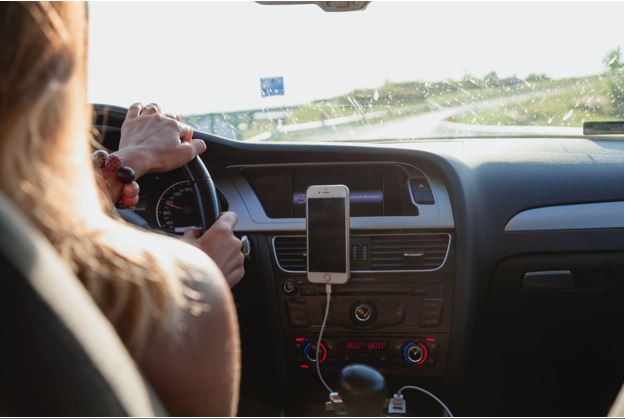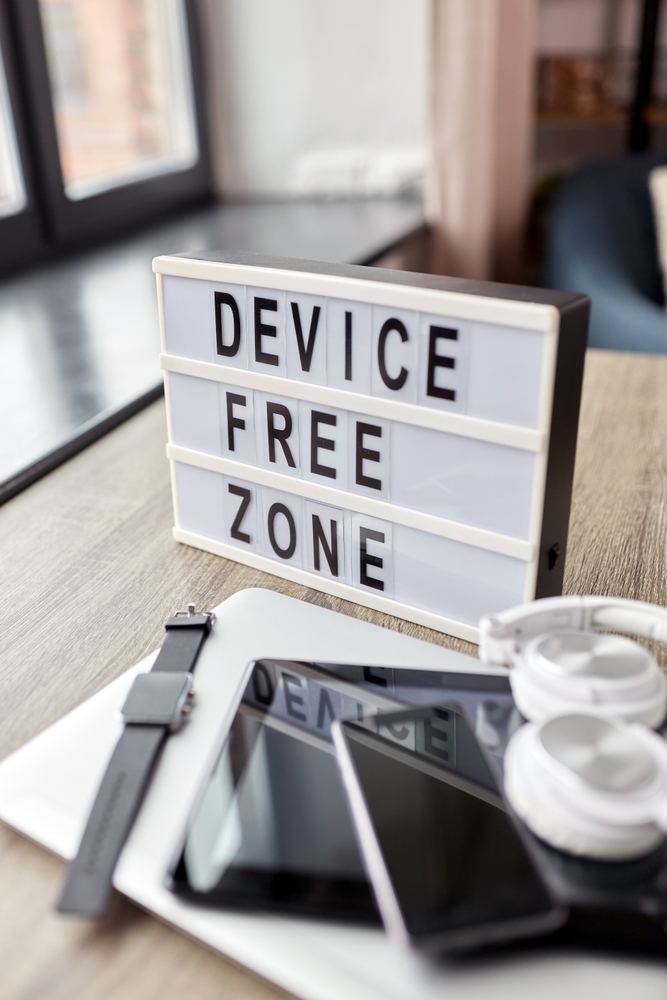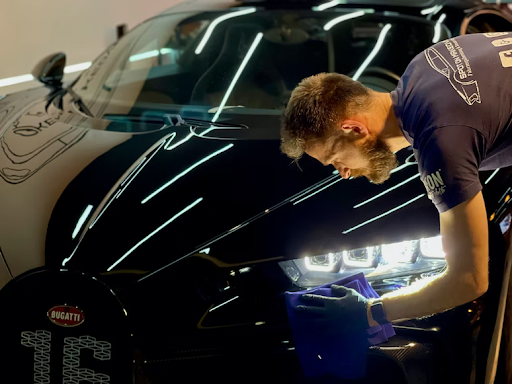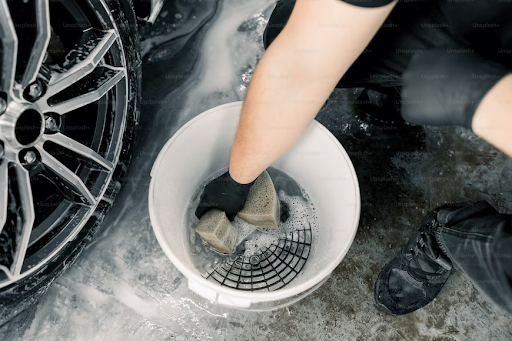Navigating Challenges of Data Collection in Rough Terrains for Infrastructure Planning
The blueprint of our future lies in the data we collect today. No industry underscores this truth better than infrastructure development, where the accuracy and timeliness of collected data can make or break the success of a project. Yet, there’s a monumental task that stands in the way – collecting data in rough terrains. This isn’t just about accuracy and precision; it’s about safety, efficiency, and practicality.
In this guide, we will explore how modern technology and strategic planning are revolutionizing data collection endeavors in some of the most challenging environments on our planet.
Importance of Accurate Data in Infrastructure Planning
To lay the foundation for any infrastructure project, from roadways and pipelines to power lines and water systems, one must first understand the lay of the land – literally. Without precise and comprehensive data, projects risk costly redesigns or, worse, liability for environmental or social damages. It’s not an exaggeration to say that data collection is where the destiny of a project takes shape.
The veracity of collected data guides the planning and execution of every stage of a project. It influences decisions regarding the route, the structural design, and even the materials used. As our urban populations burgeon, and we encounter previously untouched lands, data inaccuracy becomes an increasingly pressing concern. Fortunately, cutting-edge technology is on our side – but first, we must address the challenge at hand.
Technological Solutions for Data Collection
With the swift advancements in technology, data collection management has experienced a renaissance. Here are three crucial tools in the modern data collector’s arsenal:
Drones for Aerial Mapping
Aerial drones equipped with high-resolution cameras have changed the game for topographic surveys. They enable data collection over vast areas in a fraction of the time it would take traditional methods, which is particularly critical in rough terrains where accessibility is an issue. Drones can provide real-time imagery and can be rigged to measure topographic features, and vegetation health, and even identify potential hazards.
Ground-Penetrating Radar for Subsurface Data
Data does not always lie on the surface. Ground-penetrating radar is a surveying method that uses radar pulses to image the subsurface. In the context of rough terrains, this tool is invaluable for detecting and mapping features that could otherwise remain unseen, such as buried utilities, aquifers, and potential geohazards.
LiDAR Technology for Detailed Terrain Mapping
Light Detection and Ranging, or LiDAR, is a remote sensing method that uses light in the form of a pulsed laser to measure ranges, yielding highly detailed maps of the Earth’s surface. LiDAR’s point cloud data can be used for precise 3D modeling, enabling planners to design infrastructure that respects the land’s natural contours and features.
Drone LiDAR scanners take this technology a step further, as they can collect data from both aerial and terrestrial perspectives. This is particularly useful in rough terrains where steep slopes or dense vegetation may obstruct traditional collection methods. Leveraging these technologies, infrastructure planners can collect immense amounts of data without sending individuals into remote or hazardous areas.
Challenges Faced in Rough Terrains
The advantages of technology are vast, but the path to successful data collection is not without obstacles, especially in rough terrains:
Connectivity Issues
Remote locations often suffer from poor or nonexistent network coverage, which is a literal roadblock for technologies that rely on continuous data transmission. Drones, surveying equipment, and data processing systems are all affected, sometimes rendering them useless unless innovative solutions like satellite connectivity are employed.
Equipment Durability
Extreme weather conditions and natural obstacles like cliffs, forests, and water bodies place immense strain on data collection equipment. Tools must not only withstand these challenges but also remain operational to provide the crucial data required.
Weather Constraints
Data collection can’t always wait for a sunny day. In rough terrains, weather patterns can be unpredictable and downright dangerous, yet operations must continue. Balancing safety and the project’s timeline is a delicate dance only experience and adaptability can dictate.
Overcoming Challenges
Navigating the rough terrains of data collection requires not only the right tools but also the right teams and strategies. Here’s how to chart the course to success:
Training and Expertise
It all starts with the team. Expertise in handling both technology and the environment is non-negotiable. From certified drone pilots to geospatial analysts, each team member should bring a unique skill set tailored to the project’s demands.
Backup Plans for Contingencies
Redundancies can turn a potential catastrophe into a minor hiccup. Having duplicate equipment, access to alternative transportation routes, and even a secondary data processing hub can ensure that progress continues even in the face of setbacks.
Data Processing and Analysis Strategies
Collecting data is just the beginning. Processing and analyzing the massive amounts of data collected demand robust strategies and tools. Cloud computing and machine learning are increasingly vital in this arena, offering scalability and precision in data analytics.
Conclusion
When it comes to rough terrains, the challenges are abundant, but they pale in comparison to the value of the data collected. Accurate and comprehensive information shapes infrastructure that is not only efficient but also sustainable and sensitive to its surrounding environment. For the teams that brave the wilds and the technologies that empower them, the future of infrastructure lies in the data – and the future is now.
Check Next >https://www.neoadviser.com/cybersecurity-training-tips-for-your-business/











